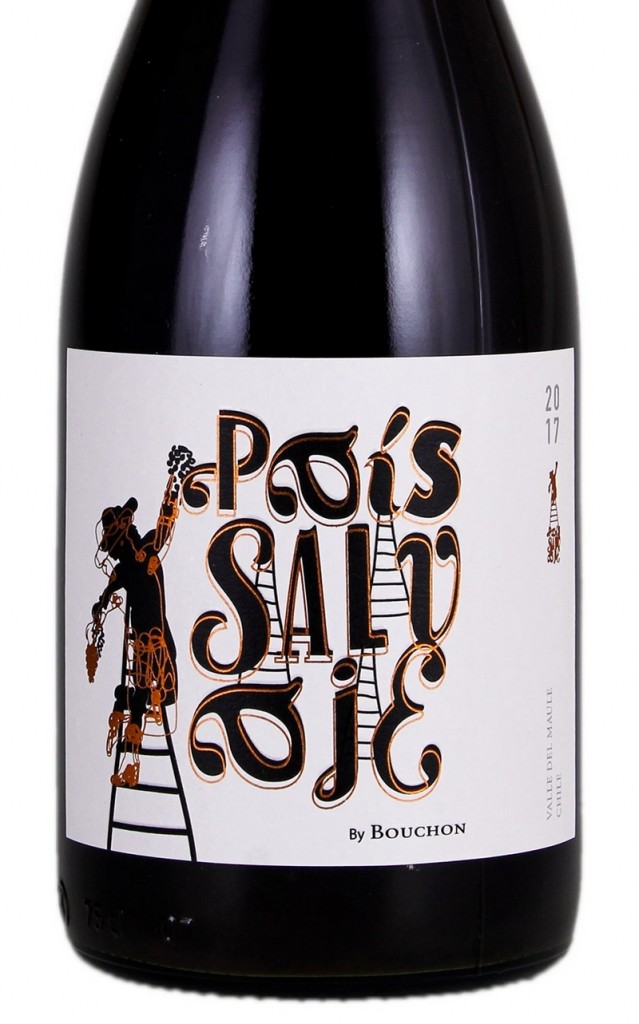As with all things in wine, there are some people who take serving temperatures very seriously indeed. A few years ago, Richard Geoffroy the showman ex-chef de cave of Champagne Dom Pérignon, famously spent two years developing an eight-course dinner – or “controlled experiment” – at the two-Michelin-starred Les Crayères restaurant in Reims. Throughout the meal guests were served just one wine – 1996 Dom Pérignon Oenothèque. The twist was that for each course the wine would be served in four glasses at four temperatures rising in increments of 1C from 8-16C as the meal progressed. Geoffroy’s contention was that each degree of temperature brought out a different facet of his uniquely multifaceted wine, with an 8C glass tasting mineral, truffly notes emerging at 13C and nuttiness at 15-16C.
But for those of us who don’t have the £300-odd quid for a bottle of ’96 Oenothèque, let alone the time and patience to re-create such an elaborate experience, we can get an idea of what Geoffroy was driving at merely by pouring ourselves two glasses of sparkling wine: one after a couple of hours in the fridge, and one at room temperature.
The colder glass will taste drier, zippier; the warmer glass will feel richer, sweeter. The temperature you prefer will be a matter of taste, of mood and environment. The style of the wine will also play its part: a richer wine will show off more of its richness if you don’t chill it to the bone; a fresh, citrussy, floral fizz will lose its refreshment factor if it’s served too warm
The essence of this trial is true of all wines of all colours, with or without bubbles. But it’s still frustratingly rare to find restaurants and bars that give serving temperature more than a rule-bound moment’s thought. In general reds come too warm, at a modern, centrally heated “room temperature” of 20C that makes them feel soupy and tiring rather than the 15C or so that let’s them keep their definition and brightness. Low-tannin, high-acid reds can go much lower: on a hot day there’s nothing better than a properly chilled beaujolais or Loire cabernet franc that’s had an hour in the fridge (or 15 minutes in the freezer).
Whites, including manzanilla and fino sherry, rosés, orange wines and sparklers, by contrast, are often served too cold: by all means give me a lean, bone-dry white such as muscadet, where fruit is secondary to minerally acids, in a bottle that’s too cold to touch. But if the wine has the richness (from oak, age, or lees- or skin-contact), it pays to give it a little warmth (right up to 15C) to breathe.
Still, I can’t bring myself to get too obsessive about serving temperature. Not when I’m in the habit of express-chilling a glass of rosé or red with a couple of ice cubes. That might not be the sort of thing you’d get at a DP do. But as an aperitif for a hot summer evening, it’s perfect.
Six wines to chill
Bouchon Salvaje País, Maule, Chile 2017 (from £15.95, slurp.co.uk; oxfordwine.co.uk; noblegrape.co.uk)
The once-maligned país grape variety has been reinvented in Chile as the base of some brilliantly sappy and tangy light red wines that are the country’s equivalent of beaujolais. This is much tangier and crisp after a brief sojourn in the fridge.
Domaine Filliatreau Chateau Fouquet Rouge Saumur, Loire France 2017 (£14.50, yapp.co.uk)
The quintessential summer red wine, Loire cabernet franc has a crunchy currant and berry succulence, leafty freshness and relatively low tannic impact: perfect for serving chilled down with salmon, charcuterie or salads.
Blankbottle Moment of Silence, Wellington, South Africa 2018 (£18.95, swig.co.uk)
Like so many great South African white blends, there’s a richness of tropical and stone fruit and a creamy broadness of texture (as well as a tangy-mineral bite) in this stunning white that really opens up once the initial chill has worn off.
Waitrose Manzanilla Fina Sherry, Sanlúcar de Barremeda Spain NV (£7.69, Waitrose)
Light, bone-dry sherry like this is so much better served properly chilled from the fridge in a decent-sized glass than from a warm old bottle in a thimble: It brings out its joyful fresh citrus and apple and Marmite-yeasty savouriness.
Taste the Difference Barrihuelo Rioja Rosado Spain 2018 (£7.50, Sainsbury’s)
A Spanish rosado with a bit more body and ripe strawberry-ish fruity flavour than the usual modern pink. This is very good chilled down for hot-day meat dishes, but also has the depth for drinking over ice in aperitif style.
Cleto Chiarli Villa Cialdini Lambrusco Grasparossa di Castelvetro Secco, Emilia-Romagna, Italy 2018 (from £12.95, etonvintners.com; slurp.co.uk; nywines.co.uk; toscanaccio.co.uk)
Like other chillable reds, this Italian fizz works best for me at around 10-12C, the temperature where its balance of tangy cherry-ish acidity, dark plum and blackberry exuberance hit a refreshing, antipasti-matching sweet spot.
guardian.co.uk © Guardian News & Media Limited 2010
Published via the Guardian News Feed plugin for WordPress.


